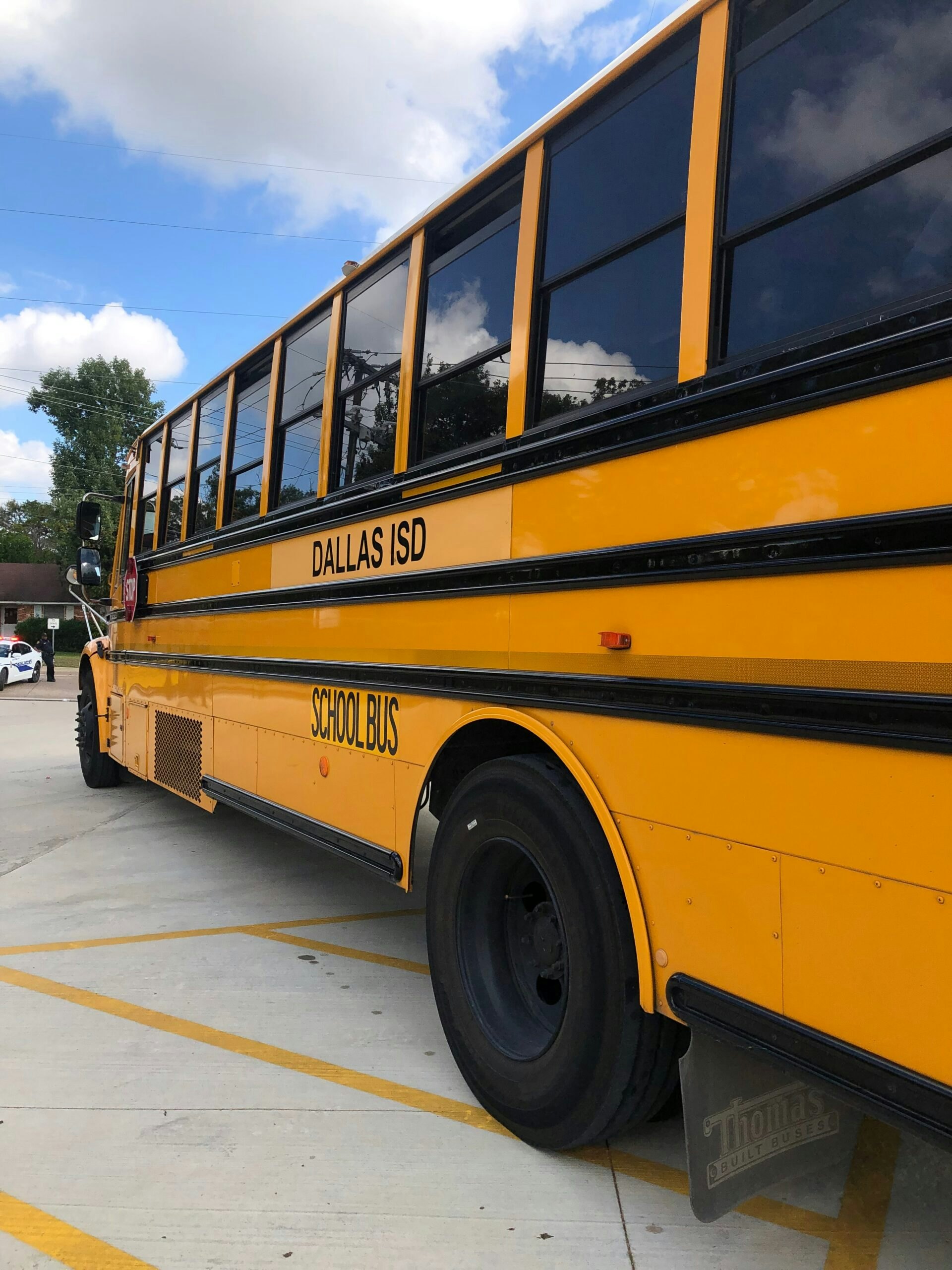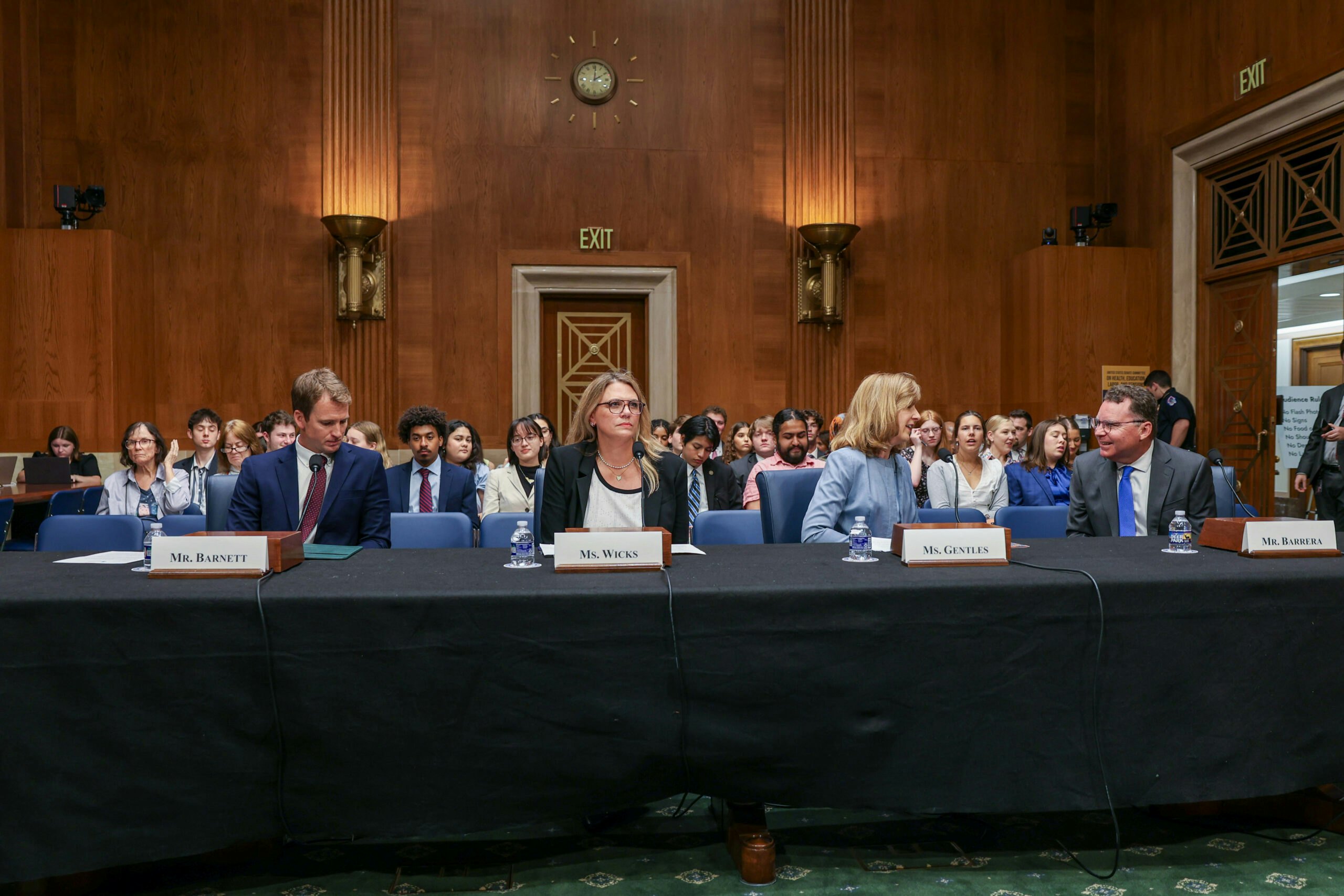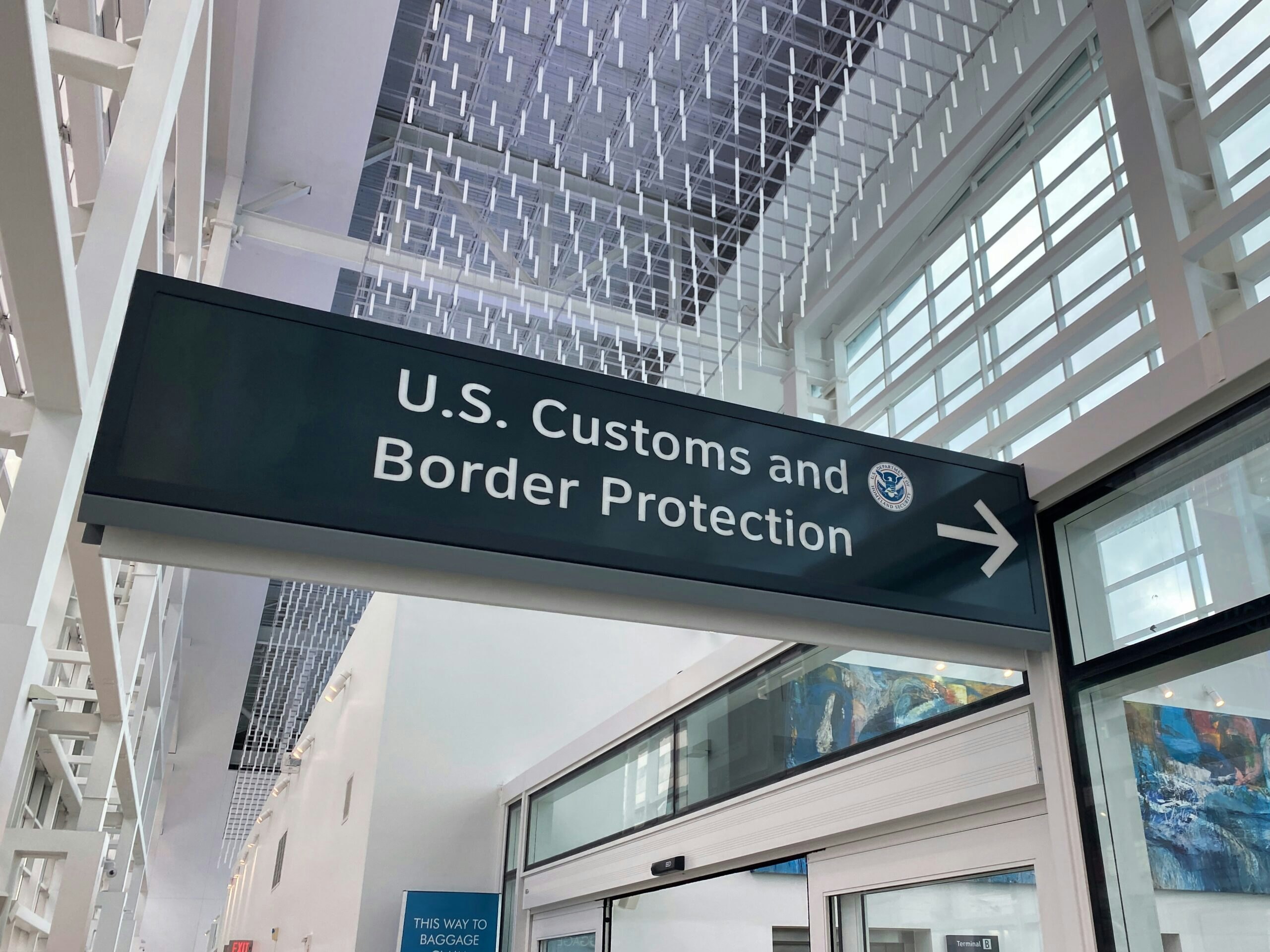The United States has a history of accepting asylum seekers and hearing out their cases. However, things have recently become more heated.
Migrants fleeing their homes and crossing the U.S.-Mexico border are seeking a better life. Many have been coming from places like Guatemala, El Salvador, and Honduras where violence, poverty, and drug cartels are rampant. Once they get to the border, they claim asylum. The United States has a history of accepting asylum seekers and hearing out their cases. However, things have recently become more heated.
So, what is going on at the southwest border?
U.S. border apprehensions commonly increase this time of year, but America’s strong economy, and the continued instability and violence in the Northern Triangle of Central America have encouraged more people to seek asylum. The Trump administration’s response was a zero tolerance policy for anyone caught illegally entering the U.S. This policy was designed to deter illegal crossings.
What does zero tolerance mean?
The Trump administration’s zero tolerance policy means that every person caught illegally entering the country is detained and put into criminal proceedings. Recently, many of those illegally entering were seeking asylum. In the past this would start a civil legal progress regardless of entry. However, the zero tolerance policy requires charging the asylum seekers who entered illegally with a crime.
What further aggravated the situation these past few weeks, were many of the asylum seekers traveling with their minor children. Parents and children were separated because of limits on how long children can be detained, detailed in what is known as the Flores Settlement.
What is the Flores Settlement?
The Flores Settlement is a judicial consent decree that prohibits immigration authorities from detaining children for longer than 20 days. This is true whether children are unaccompanied or are detained with their family unit.
How does Flores impact the zero tolerance policy?
Flores immediately created a problem for the zero tolerance policy because of the detainment limitations for children. Criminal prosecutions can often take longer than 20 days, and this is exacerbated by pursuing criminal charges against asylum seekers. As part of zero tolerance, the Trump administration was detaining all adults charged with illegal entry rather than using alternative methods of monitoring or expedited removal proceedings.
Rather than releasing families or processing them through civil asylum proceedings, and thus avoiding a conflict with Flores, the administration decided to separate children from parents. Parents were detained and prosecuted. Children were designated as unaccompanied minors, put into the care of the Office of Refugee Resettlement, and detained in separate facilities from their parents until a relative or foster family could be found.
Did last week’s Executive Order end family separation?
The executive order ended family separation, but it seeks indefinite detention of families meaning children could be detained for more than 20 days. This goes against Flores. The Department of Justice filed a motion to detain children longer than 20 days and are also requesting that state licensure requirements be waived. Detention facilities must have a state license requiring a standard of care for the children.
What about the other recent policy announcements from the administration?
Border Patrol announced that it is no longer referring parents who arrive with children to federal courts, suspending prosecutions until Immigration and Customs Enforcement has additional capacity for detainment. The Department of Justice will continue to prosecute misdemeanor illegal entry cases, but the families most likely will be released while they wait for their court date.
The President also recently tweeted that he would like to see migrants deported to their home countries without having their case heard in court. This is likely unconstitutional. The Constitution would have to be amended to achieve this policy. The Constitution has not been amended since 1992.
What about the children who are already separated from their parents?
On Saturday, the Department of Homeland Security released a fact sheet on the steps it is taking to reunite separated families. As of that release, more than 500 children had been reunited with their parents. Over 2000 remain in federal custody. And despite the administration’s assurances, lawyers and advocates representing the parents say there is still confusion about the process.
On Tuesday, the U.S. District Court for the Southern District of California issued a preliminary injunction related to family separation, detention, and reunification. The judge ordered the federal government to do six things:
- Stop detaining immigrants without their children;
- Release separated children from custody when their parents are released from immigration detention;
- Reunite all children with detained parents. For children under the age of five, the federal government must comply within 14 days of the order. For children over the age of five, the federal government must comply within 30 days of the order;
- Facilitate regular communication between parents and separated children. Detained parents must have telephone contact with their separated children within 10 days;
- Facilitate communication between the various federal government agencies tasked with detaining separated parents and children, especially concerning the location and well-being of the children; and
- Stop deporting parents without their children.




























